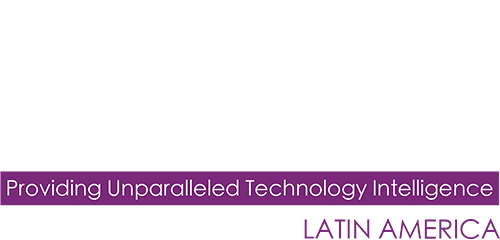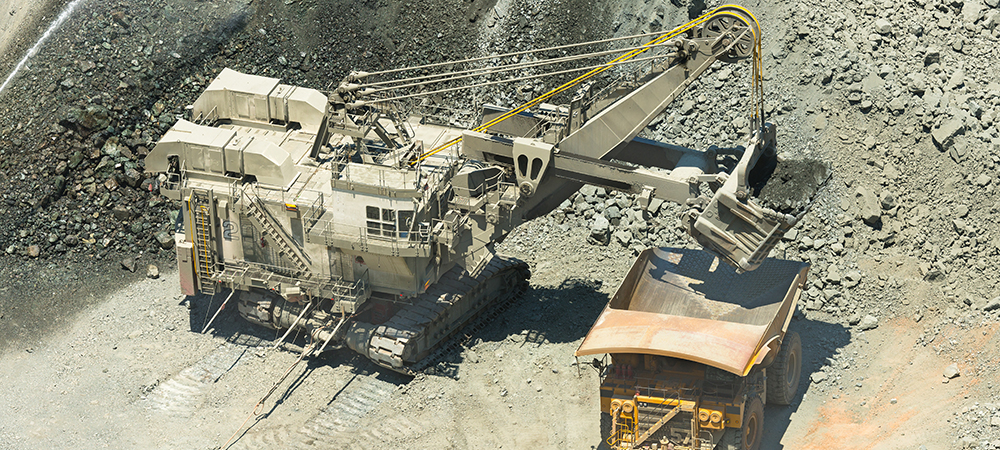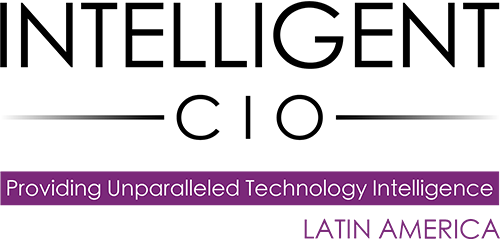We explore the transformative impact of advanced analytics and digital technology on the mining industry with insights from Sergio Ferrari, Mining and Metals Segment Director for SAM at Schneider Electric.
Mining is one of the most important industries in Latin America, making it essential to have a technological infrastructure that allows for the optimization of processes, increased efficiency and environmental protection.
Just two years ago, companies considered the implementation of digital tools a major challenge, but following the pandemic, this has been adopted as part of Digital Transformation. However, now the real challenge lies in reducing operational costs, attracting talent that understands the processes and having an advanced analytics system.
“Today, the leading companies in Latin America are already implementing these types of solutions, either in the format of small pilots or, once that stage is surpassed, developing such technology for their entire plant. The next stage is to prepare and attract talent for these industries, where modern technologies also play a fundamental role,” explains Sergio Ferrari, Mining and Metals Segment Director for SAM at Schneider Electric.
In this context, thanks to Artificial Intelligence, the way to analyze various situations and how to act in response to them has been accelerated. For this, it is important to have an advanced analytical tool capable of collecting all the necessary information and data to better optimize processes and the collaboration environment.
While each company has its own information collection system, it is crucial to manage and analyze data with technological help, turning them into valuable assets.
“Companies that face these challenges well have successfully exceeded expectations, both from the point of view of productivity and the business itself,” Ferrari indicates.
Better operations with digital tools
Ferrari also states that digital technology, Artificial Intelligence and Deep Learning “allow us to act, make decisions, and seek to increase productivity, especially with a focus on optimizing the use of resources in real time and even predicting anomalies to maximize business.”
By using these comprehensive technological tools, companies can reduce maintenance inventory and corrective maintenance (MRO) costs, increase productivity after the use of intelligent predictive maintenance, increase operational reliability, reduce downtime, and achieve autonomous and automated scaling of solutions across mining plants.
According to Ferrari, it is expected that, by next year, at least 50% of companies will have digital engineering teams in their operations.
“The challenge for the mining industry is to have experts in advanced analytics to optimize the operational excellence of its workforce. We believe that efforts should be made to integrate and complement existing market solutions with their own developments,” he states.
Furthermore, it is necessary to consider the training and coaching of employees and operators within the company. For this, their physical presence at the plant will not be necessary, as training can be carried out through simulations. This way, delays due to accidents or incidents in operations are also not generated.
“Today, digital twins and/or augmented reality, along with Artificial Intelligence, are solutions that allow for almost real situations and experiences, enabling operators to enter immersive reality regardless of where they are physically located, so it has already become a training methodology,” points out Ferrari.
System with advanced analytics
But, after the benefits of technological tools and personnel training, it is essential to have a good advanced data analysis that allows creating a useful learning model for the company and thus predict certain behaviors and provide solutions to those who make operational decisions.
“Mining customers aware that they have a large volume of data in their organizations, have created their own advanced data analytics areas, the so-called Digital Factories, where their mission is to develop advanced analytics solutions along with experts who help alleviate the pains and requirements of business and operation,” Ferrari explains.
In response to this, Schneider Electric and AVEVA (also in collaboration with OSISoft) provide solutions capable of supporting every stage of the problems a client may face, taking into account their technological and infrastructure reality, as well as their way of addressing problems. EcoStruxure Asset Advisor is another advanced analytics solution from Schneider Electric that analyzes real-time data from critical electrical assets to identify risks and possible stops and deviations. With this tool, companies can become 100% digital and achieve their goals.
Finally, all these technological improvements must have a significant environmental impact and support decarbonization. Undoubtedly, the energy transition and digital technology lead companies toward more sustainable fields, with the important goal of reducing carbon dioxide (CO2) emissions.
“A prosperous and healthy mining and metallurgical sector is crucial for the global economy and to support the innovation of new technologies and materials necessary for the reduction of climate change, environmental protection and the circular economy,” comments Ferrari.
Technology plays a key role in supporting mining companies. Working towards sustainability goals focused on energy and operational efficiency will allow them to access information and take actions on energy, water, and environmental management, leading to greater efficiency and decision-making.
Latin America is already on this path, as are the leading mining companies in the countries of South America. Therefore, we must focus on a successful Digital Transformation, on the use of technologies, such as Artificial Intelligence, focused on management and automation, and on the energy transformation with a focus on electrification.
Click below to share this article

